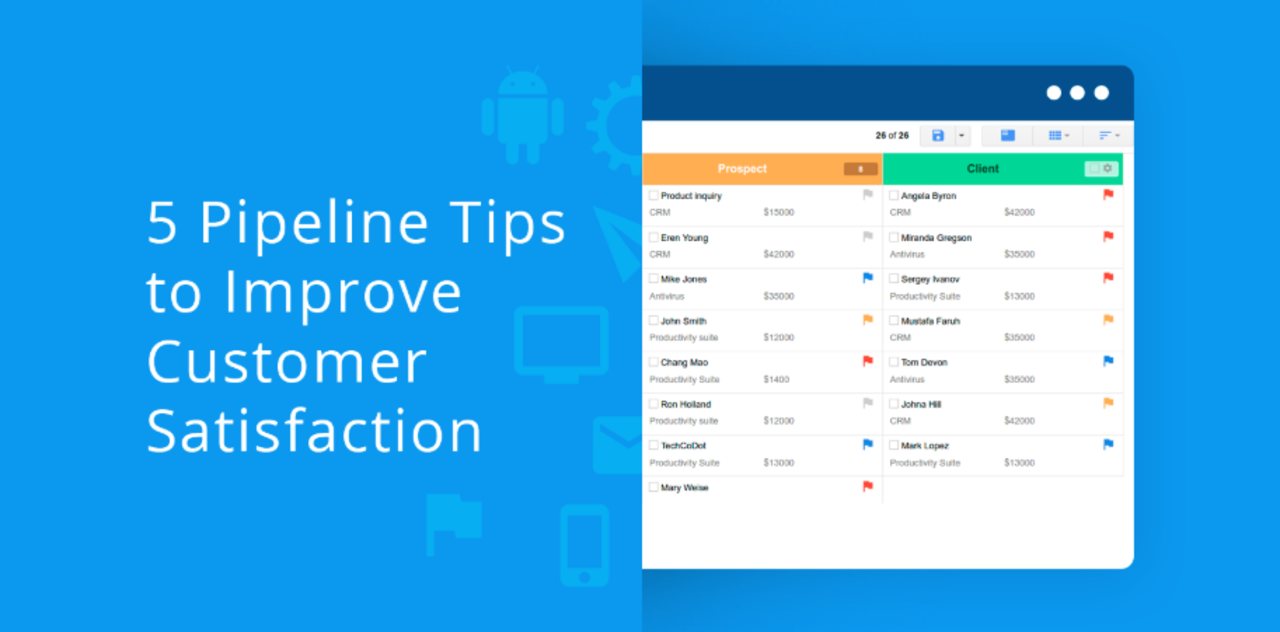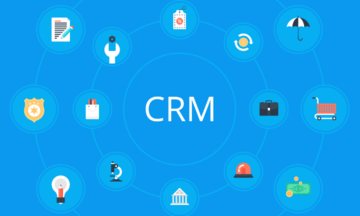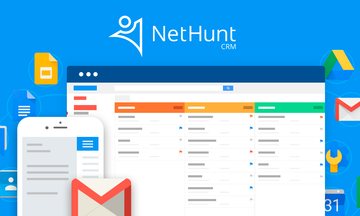In the world of sales and great customer support, each minute, or even each
second, counts. The sooner you react, the sooner you close the deal; the
sooner you respond, the happier your clients are. Delivering the correct and
relevant lead data when it's needed most has always been one of the
cornerstones of an effective CRM system. But the CRM vendors can't
foresee all use cases for every industry. And here's where pipeline
customization comes into play.
Here are some examples of what customer and lead data you should have an
instant access in a pipeline that would make your job easier.
1. Consider product and deal size
If your company provides multiple products or services, it's always wise
to take into consideration the time you'll need to prepare a product for
shipment, its availability, and other aspects that influence the timely
completion of your obligations towards a customer. Using this as a priority
meter for the orders will allow you to stay prepared and minimize the wait
time for your clients. Plus, seeing the deal size lets you keep in mind how
much is at stake and it adds to the satisfaction once the deal is closed.
2. Read notes
If your client record has no Notes field, get one immediately! No matter how
great you're at planning your pipeline, there'll always be some piece
of data that don't perfectly fit the obligatory field. Notes are where
you keep that data. It is your backup plan for the small details that matter
the most, letting you add a perfect layer of personalization to your customer
communications. You can use Notes as a meeting or call reminders (though,
repeating this data in your calendar or setting a follow-up is also advised),
logging important parts of your activity or reminding yourself about a
special offer you should make next time you speak to that client.
3. Check assignees

You as a project manager or a team lead should be able to get a quick
overview of your team's activity and tasks. Grouping your pipeline by
assignees is always an option and most CRM systems allow you to build a
report based on that. But when your team workload is one of the most
important things to take into consideration (the one that might update very
often), you can display this data right in a sales pipeline or a project
dashboard. This allows you to correctly spread your most important resource
and make sure that your team can perform the best.
4. Find related records
It's not rare for a lead or a client to fit into more than one pipeline
or folder. Additionally, a record in your sales/support pipeline may be only
a fraction of a client's bigger profile, stored in a separate client
database CRM folder. Staying informed about this and taking into
considerations the lead's previous experience in another process, allows
you to provide the same excellent level of customer experience, to avoid past
mistakes or to assign a team member who has previously worked with the said
client.
5. Set priorities
Sometimes, not all clients are equal. This is true for the companies which
have a premium support service, turning the selected clients into the VIPs.
The wait time for such client's messages should be kept to a minimum as
they've paid for this kind of a special treatment. Seeing a support
ticket labeled "Urgent" or "VIP" should trigger you to
respond immediately and resolve the case in as little interactions as
possible.
These examples can give you a general idea of what data can be displayed in a
pipeline view of your CRM system. The key here is to decide what parts of the
customer profile should be immediately available at a glance and what should
stay under the fold. Try combining the suggestions above and find the best
setup for you.








